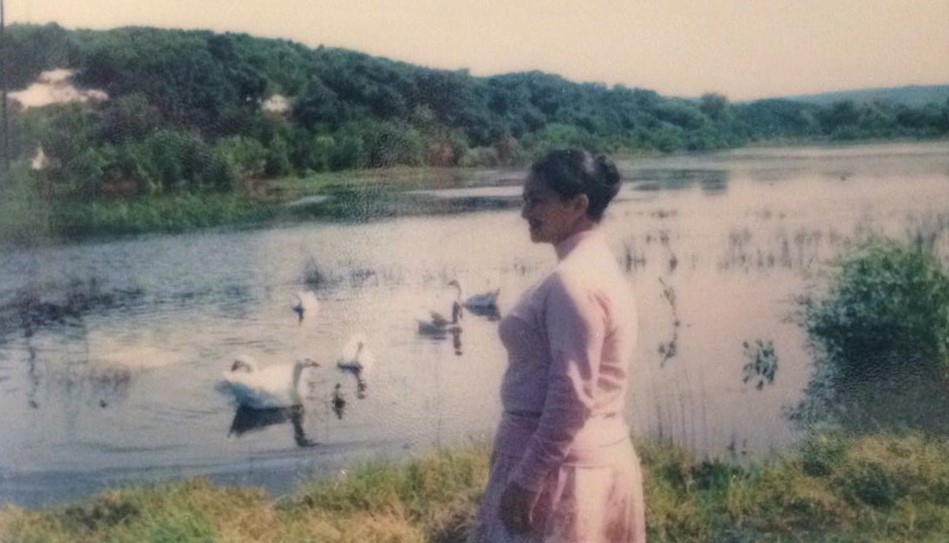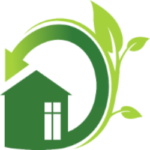
Summary of the Paddavlei Ecosystem Rehabilitation report
M N Austin

The Paddavlei wetland was once a balanced, stable, self-sustaining, wetland ecosystem providing numerous services to the local community. That was 10 years ago. Unfortunately it has since been allowed to deteriorate to a much smaller body of water with unchecked growth of reeds and invasive species. Heidi Niewoudt of the DEA inspected it in December 2016. She confirmed that it was worth saving and needed urgent attention to halt the deterioration of the whole ecosystem from Hoek van die Berg to the Bot River Estuary.
An integrated social-ecological management plan (insert name) was drawn up for the Paddavlei ecosystem (Austin 2017). It was presented to the OSM and the Western Cape DEAP. The DEAP has subsequently workshopped the report and put together a group to investigate the area. They visited the area to see for themselves. The initial report was accepted by them in toto at a meeting hosted by Paddavlei Eco- Group (PEG) at the Thusong Hall, Hawston.
The major problem with the Paddavlei is that there is a great reduction of water into the system, from the catchment area due to 100% of invasive species, and that the water from the system then drains through the sand dune into a separate ecological system. This results in very little water flowing down to the Skilpadsvlei, which is now severely polluted with sewage and other pollutants. These then drain into the Bot River Estuary, a RAMSAR site, a world heritage site.
There are numerous examples of environmental degradation or destruction within the Paddavlei ecosystem such as:
Other environmental damage or destruction has occurred within the Paddavlei ecosystem in 2017:
There has been little recognition of the urgency, recognised by national and provincial government; for the correction of past mistakes or for any real progress for a way forward for the rehabilitation of the Paddavlei ecosystem. Although a great number of individuals to which the project has been presented have not questioned the validity of the actions required; no combined effort has been put into place to proceed with this project.
PEG is made up of very keen local residents involving the local children, the residents see this project as the start of real community involvement and as a catalyst to development of an area that has been ignored in the past.
The Paddavlei summary is a summary of the full report Paddavlei ecosystem rehabilitation report and subsequent writings on issues related to the report are available from the author or PEG.
Austin M N, 2017. Paddavlei Ecosystem Rehabilitation. Report for PEG, Hawston Development Association.
A subsequent report on the Paddavlei ecosystem is available on this site.

Recent Comments